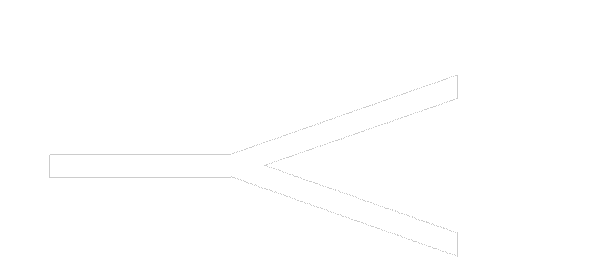The Y-shaped approach
Rare Partners is focusing on translational research and preliminary development. It is well known that the first steps of the very long process of drug development are characterized by high risk of failure. This is true for all kinds of drugs, but is particularly dramatic in the rare diseases field where two other critical factors are present, the uncertainty about the potential return on investment and the lack of scientific information.
This is basically the reason why in the past the pharmaceutical and biotech companies have been reluctant to engage into development projects in the rare disease field. The approach chosen by Rare Partners is that of seeking economical support from non profit sources, private and public, for conducting early development activities.
The main goal of Rare Partners efforts will be in most cases that of reaching the proof of concept, either preclinical or clinical, in order to justify the prosecution of the development of a particular drug or diagnostic tool, in most cases in partnership with a biotech or pharmaceutical company.
We tried to visualize our approach with the help of a “Y-shaped” figure, to some extent reminiscent of a typical antibody structure. In fact, once the proof of concept is demonstrated, two possible pathways can be theoretically pursued.

The first one (upper leg of the “Y”) is that of licensing, through a classical royalties-based agreement, the set of information and eventually the intellectual property, to a “profit” third party, will be a pharmaceutical or a biotech company.
In case an interested third party will not be identified, e.g. due to a very low prevalence of the specific disease, an alternative pathway consisting of a full development financed entirely by non profit money will be actively explored (lower leg of the “Y”).
We strongly believe that shifting the “go-no go” decision point from the very early phase of the project to the proof of concept stage will raise significantly the number of projects potentially feasible.
We are also convinced that conducting the highly risky early development phase with non profit money will be of great value for many research projects focusing on rare pathologies.
